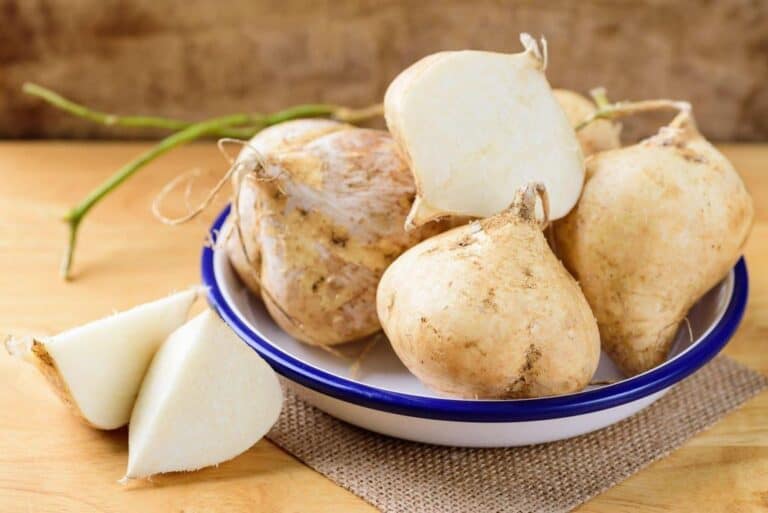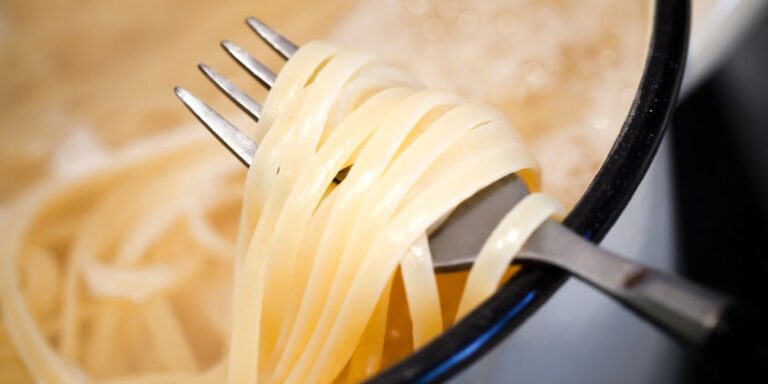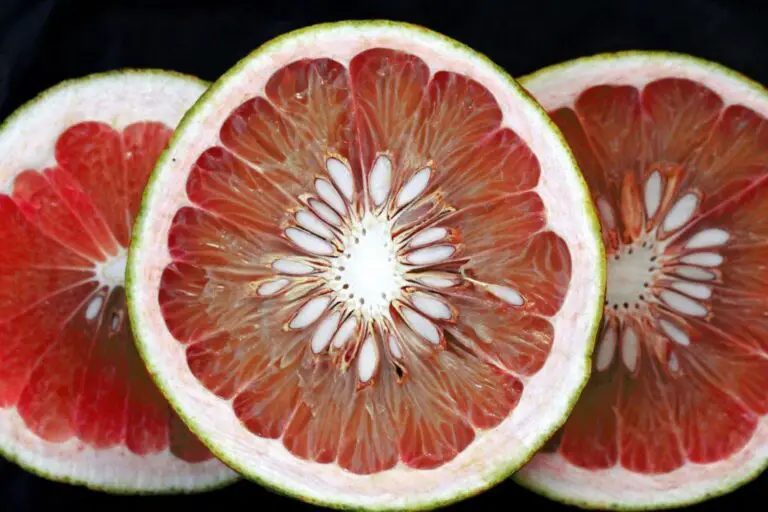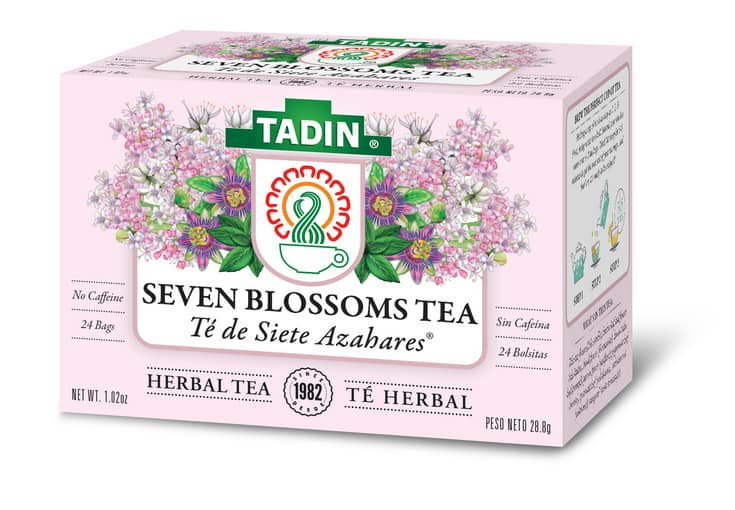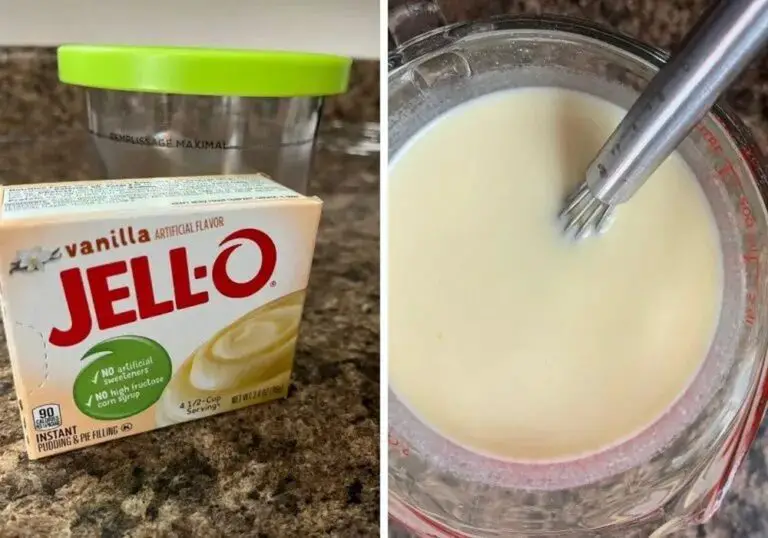Are There Really Seedless Cherries or Is It Just a Marketing Gimmick?
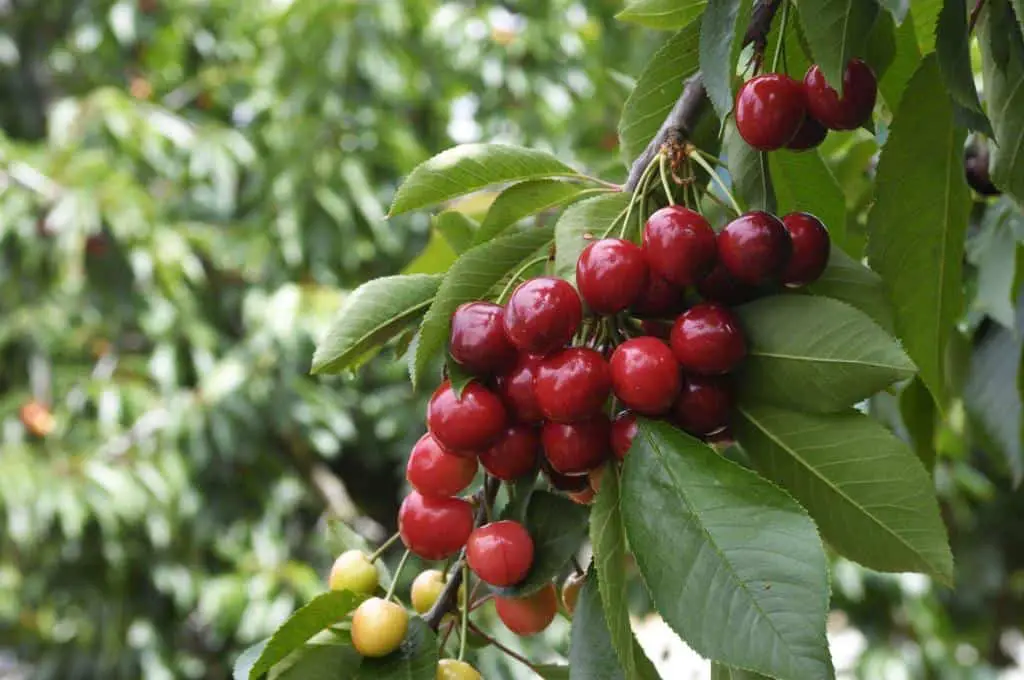
In recent years, the demand for both fresh and processed fruit without seeds has grown by leaps and bounds. This is because people are becoming more interested in convenience and taste.
Cherry sales have gone up a lot in the last few years, making them one of the most popular fruits on the market. They have a unique taste and a lot of health benefits.
It’s no surprise that cherries have become so popular this summer. As demand continues to soar, we can expect even more exciting varieties of cherries to hit store shelves soon, like seedless cherries!
Are there really seedless cherries, and how do they compare to traditional cherries with pits?
In this article, we’ll look at the differences between traditional cherries with pits and ones without, as well as the different ways they can be used and where they can be found.
The goal of this article is to find out if seedless cherries are real or just a myth. It will explain the science behind pitless cherries as well as the pros and cons of pitless cherries.
Are There Really Seedless Cherries?
Seedless cherries are a type of cherry that do not have seeds, as the name suggests. These cherries are often thought to be a myth or a marketing gimmick, but they do exist.
Seedless cherries are typically created through a process called parthenocarpy, which is the development of fruit without fertilization. This can be achieved through natural means or through the use of plant hormones.
The majority of fruit on the market that lacks seeds is the result of a random mutation. One or a small number of genes changed, making the plant sterile and its taste even better.
Farmers keep grafting these plants together in the hopes of making new breeds that have this value built in.
Cherries without seeds are not made by changing their genes. Instead, they are made by changing how the plant reproduces naturally. They are often smaller and sweeter than regular cherries and do not have the hard, inedible seeds that are found in traditional cherries.
Are Maraschino Cherries Really Pitless Varieties?
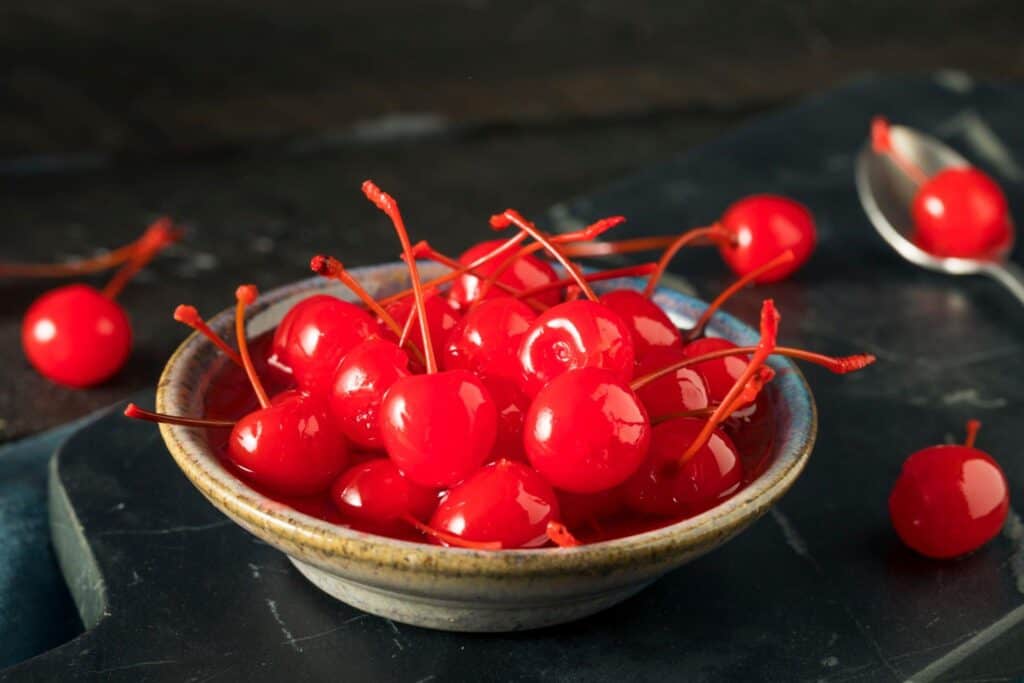
Maraschino cherries are a type of cherry that is commonly used as a garnish for cocktails and desserts. Despite their name, these cherries are not actually a different variety of cherry, but rather regular cherries that have been treated with a process that removes their natural color and flavor.
One of the most distinctive features of maraschino cherries is that they are pitless. This is because the cherries are soaked in a brine solution, which removes the pits along with the skin and flesh of the cherry.
The cherries are then dyed with red food coloring and soaked in a syrup made from corn syrup and maraschino cherry juice.
While maraschino cherries may be convenient for use as a garnish, they are not a natural product and are often made with artificial ingredients. Also, they don’t taste nearly as good as fresh cherries, which may disappoint some customers.
Even so, maraschino cherries are still a popular choice for garnishes because they look nice and last a long time. The only reason they are pitless or seedless is that they are taken out during the making process.
Pros of Seedless Cherries
People often choose seedless fruit because it makes it easier for them to eat fruit without having to worry about spitting out seeds or taking out pits.
People who find seeds or pits hard to swallow, dangerous for young children, or difficult to swallow often choose fruit without seeds.
One of the main advantages of seedless fruit is that it is easier to eat and enjoy. Without seeds or pits, there is nothing to get stuck in your teeth or disrupt the eating experience.
This makes seedless fruit a popular choice for snacking or adding to recipes. Also, fruit without seeds often tastes sweeter because the plant can use the energy it would have used to make seeds to make more sugars.
Another convenience of seedless fruit is that it is often easier to prepare and cook with. For example, seedless grapes are easier to wash and slice than seeded grapes, and seedless watermelons are easier to cut and eat than their seeded counterparts. Similarly, seedless cherries are easier to use in recipes, as there is no need to remove the pits.
Potential Negative Effects of Seedless Cherries on the Environment and Biodiversity
Few studies have been done on this topic, so we don’t know much about how seedless cherries might hurt the environment and biodiversity. However, there are a few potential concerns that have been raised.
- Monoculture. One way that seedless cherries could be bad for the environment is that they could lead to monoculture. Monoculture is the cultivation of a single crop in a particular area, and it can lead to the loss of biodiversity in that area.
- End of specific kind of cherries. If seedless cherries become the most popular kind of cherry, it could mean the end of other kinds of cherries, which could be bad for the ecosystem.
- Use of Plant Hormones. The use of plant hormones to grow seedless cherries could also be a cause for concern. Hormones like these are used to help fruit grow without fertilization, but they may harm the environment in ways that were not intended. For example, they could potentially affect the growth and development of other plants in the area.
- Difficult to spread to other areas. Also, the fact that seedless cherries don’t have seeds could make it harder for birds and other animals to spread cherry seeds and help cherry trees grow in more places. This could hurt the environment, since the spread of cherry trees is important for keeping the ecosystem healthy.
- They may not be as hardy as regular cherries, and they may not last as long after they are picked.
- Difficult to grow. Also, they might not be as easy to find as regular cherries because they might be harder to grow and raise.
Overall, it is important to consider the potential negative effects of seedless cherries on the environment and biodiversity, and to ensure that their cultivation does not have unintended consequences.
Conclusions
In conclusion, the existence of seedless cherries is not a marketing gimmick. While it is true that seedless fruit has been used as a selling point in the past, seedless cherries are a genuine variety that has been developed through genetic modification and parthenocarpy.
These cherries have several advantages, including the convenience of not having to spit out pits and the ability to be used in a wider range of recipes.
However, the production of seedless cherries also has its drawbacks. Some people argue that the reliance on seedless varieties can have negative impacts on the environment and biodiversity, as it reduces the need for pollinators and limits the genetic diversity of our food crops.

